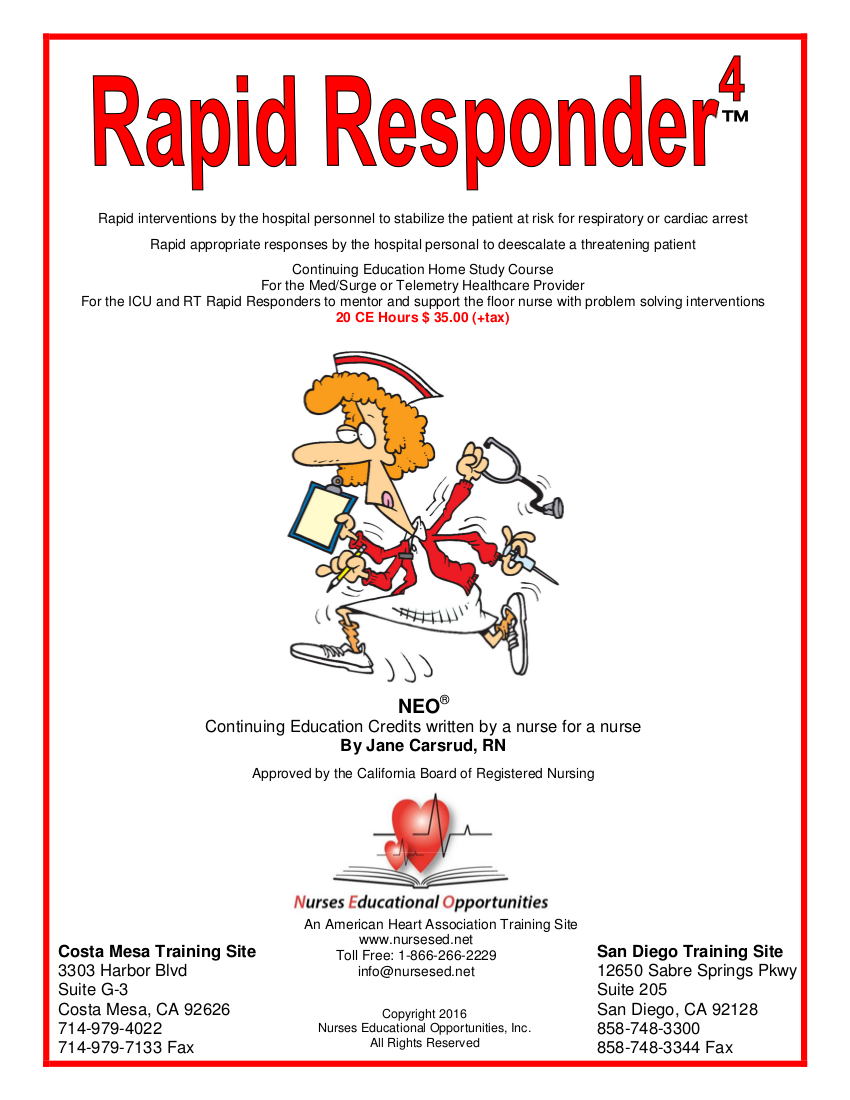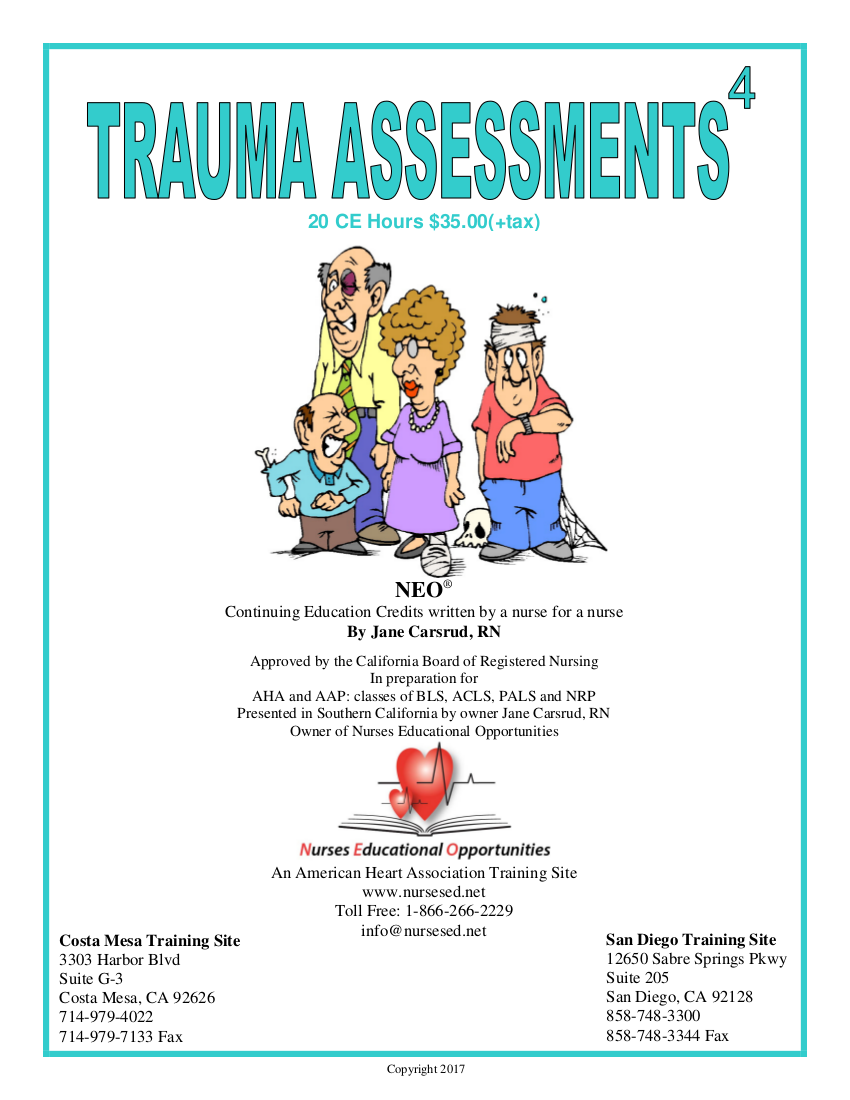-
Breastfeeding during Emergencies
Protect and Support Lactating Mothers Natural disasters, manmade catastrophes, pandemics, and individual disasters may occur anytime without warning. During these extraordinary and unplanned situations the health and wellbeing of humans are at risk and the most vulnerable population is infants and children. During a disaster: Disease and death rates for children under 5 are higher than any group. 90% of deaths occur after the emergency due to diarrhea. 10 million children under the age of 5 die annually and 22% are due to diarrhea. According to the World Health Organization more than 80% of deaths occur after the initial event. After an emergency occurs the environment becomes contaminated…
-
Safe Delivery through the First 24 Hours of Life
The public expects to receive safe quality care every time they interact with a healthcare provider and the health system. Healthy babies far outnumber those who are sick but maternal-child health professionals must remain vigilant for the unexpectedly sick or preterm infant. Adequate preparation includes education, skill acquisition, proper equipment, and trained personnel. Babies are vulnerable in the first few hours of life and short and long term outcomes may be affected by the actions taken in the first hours and days after birth. Accurate diagnosis monitoring and communication all contribute to the safety and improved outcomes. For newborn emergencies of respiratory, cardiac, and gastrointestinal disorders consider taking Neonatal Assessment…
-
How does Hypothermia Cause Hypoglycemia in Infants?
Maintaining temperature is very important. When an infant’s skin becomes cold, the skin sends messages to the brain and in turn the brain sends out norepinephrine. Norepinephrine causes peripheral vasoconstriction and the blood is shunted to the core of the body. The vasoconstriction of the peripheral circulation also causes vasoconstriction results of the pulmonary system. Now, the blood can’t get to the lungs to pick up the needed oxygen in the lungs and therefore, shunts through the Foremen Ovale. Now, the blood is hypoxemic and when the blood arrives to the tissues, the tissues become hypoxic. Therefore, the body must resort to anaerobic metabolism and lactic acid is produced. When…




